![]()
Many popular sci-fi movies are actually based on older stories that most people have never heard of. These films often took ideas from short stories or less famous novels and turned them into well-known parts of our culture. In many cases, the movie version became more famous than the original book. Here are 18 science fiction ideas that first appeared in lesser-known books.
‘Blade Runner’ (1982)

Ridley Scott’s film, based on Philip K. Dick’s novel, is a classic of the cyberpunk genre. It follows Rick Deckard, who tracks down bioengineered humans called replicants in a futuristic, rain-soaked Los Angeles. The movie thoughtfully examines what it means to be human, and its striking visuals and deep questions continue to inspire filmmakers today.
‘Total Recall’ (1990)
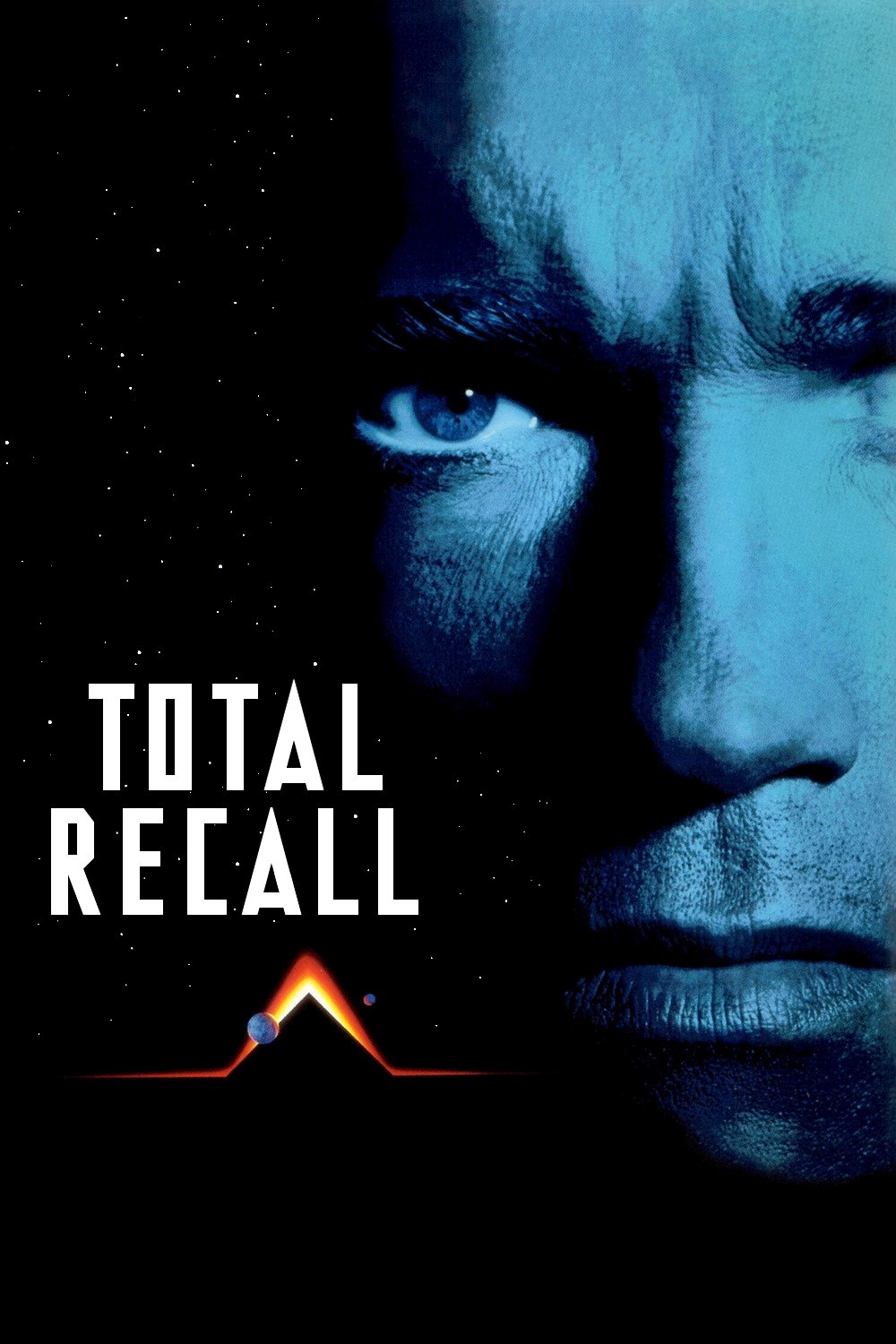
Paul Verhoeven directed a thrilling action movie based on a story by Philip K. Dick, featuring Arnold Schwarzenegger. The film centers on a construction worker who begins to suspect his memories of being a secret agent are actually true. Set during the colonization of Mars, it explores themes of reality and identity. The movie is well-known for popularizing the idea of implanted memories.
‘The Thing’ (1982)

John Carpenter’s film is based on John W. Campbell Jr.’s story, Who Goes There? The story follows a research team in Antarctica who discover a parasitic alien that can perfectly copy other living things. This ability to imitate causes extreme suspicion and fear within the group. The movie is famous for its groundbreaking and realistic special effects, especially in the horror genre.
‘Edge of Tomorrow’ (2014)
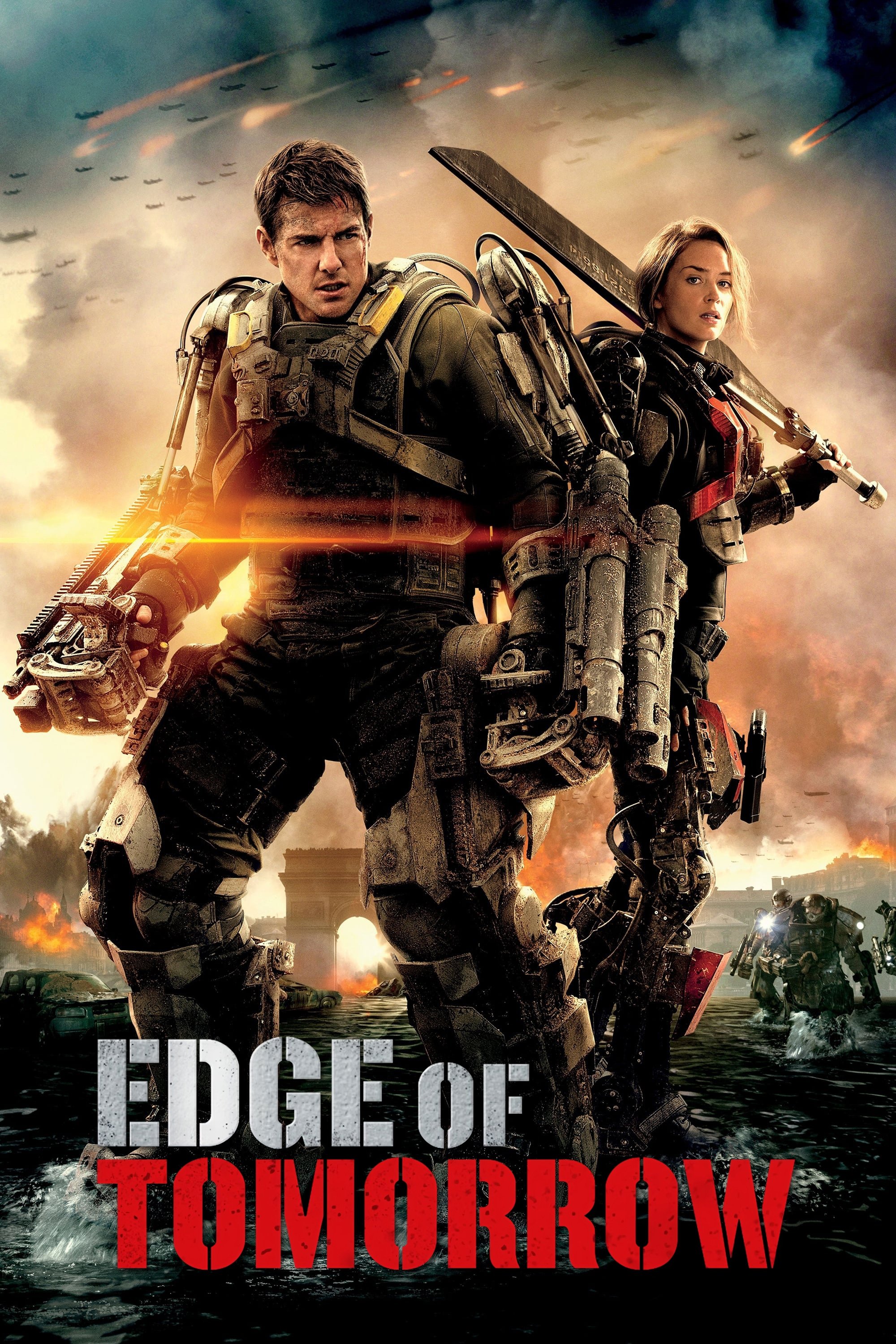
This action movie is based on the Japanese novel All You Need Is Kill. Tom Cruise stars as a soldier caught in a time loop, constantly reliving the same fight against aliens. Each time he’s killed, he restarts, and must use what he learns to finally win the battle with a skilled female warrior. The film brought the idea of ‘respawning’ – common in video games – to the big screen.
‘Arrival’ (2016)

Denis Villeneuve’s film is a thought-provoking science fiction drama based on Ted Chiang’s short story, Story of Your Life. It follows a linguist who tries to communicate with aliens who arrive on Earth in twelve strange spacecraft. As she learns their language, her understanding of time and memory begins to change. The film is known for its intelligent and unique take on the idea of first contact with extraterrestrial life.
‘Soylent Green’ (1973)
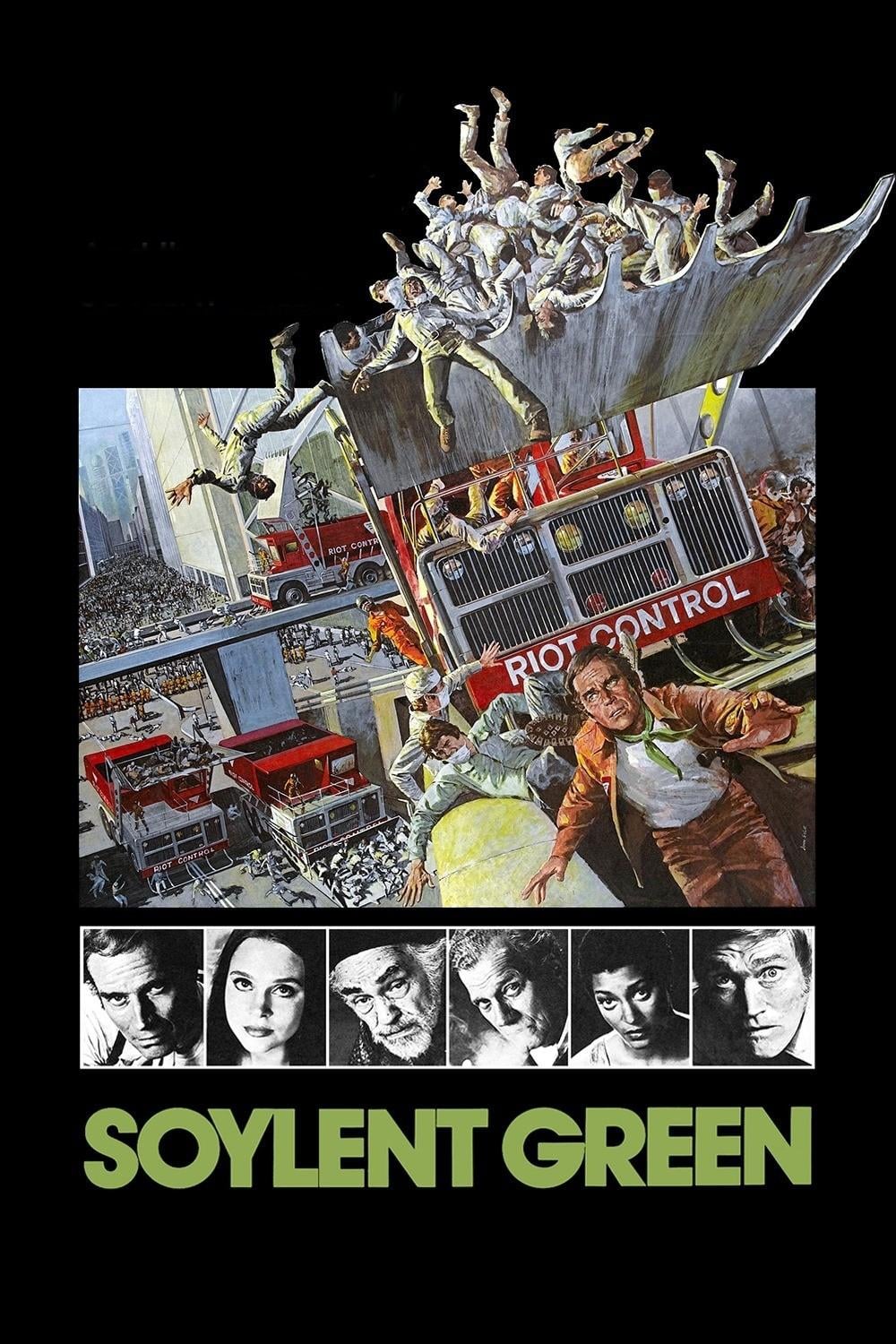
This well-known dystopian story is based on Harry Harrison’s novel Make Room! Make Room!. It portrays a future world struggling with overpopulation, climate change, and dwindling resources. The plot follows a detective investigating a murder, which leads him to a disturbing secret about how food is produced. The story is particularly remembered for its surprising and unsettling reveal about the source of the food everyone consumes.
‘Planet of the Apes’ (1968)
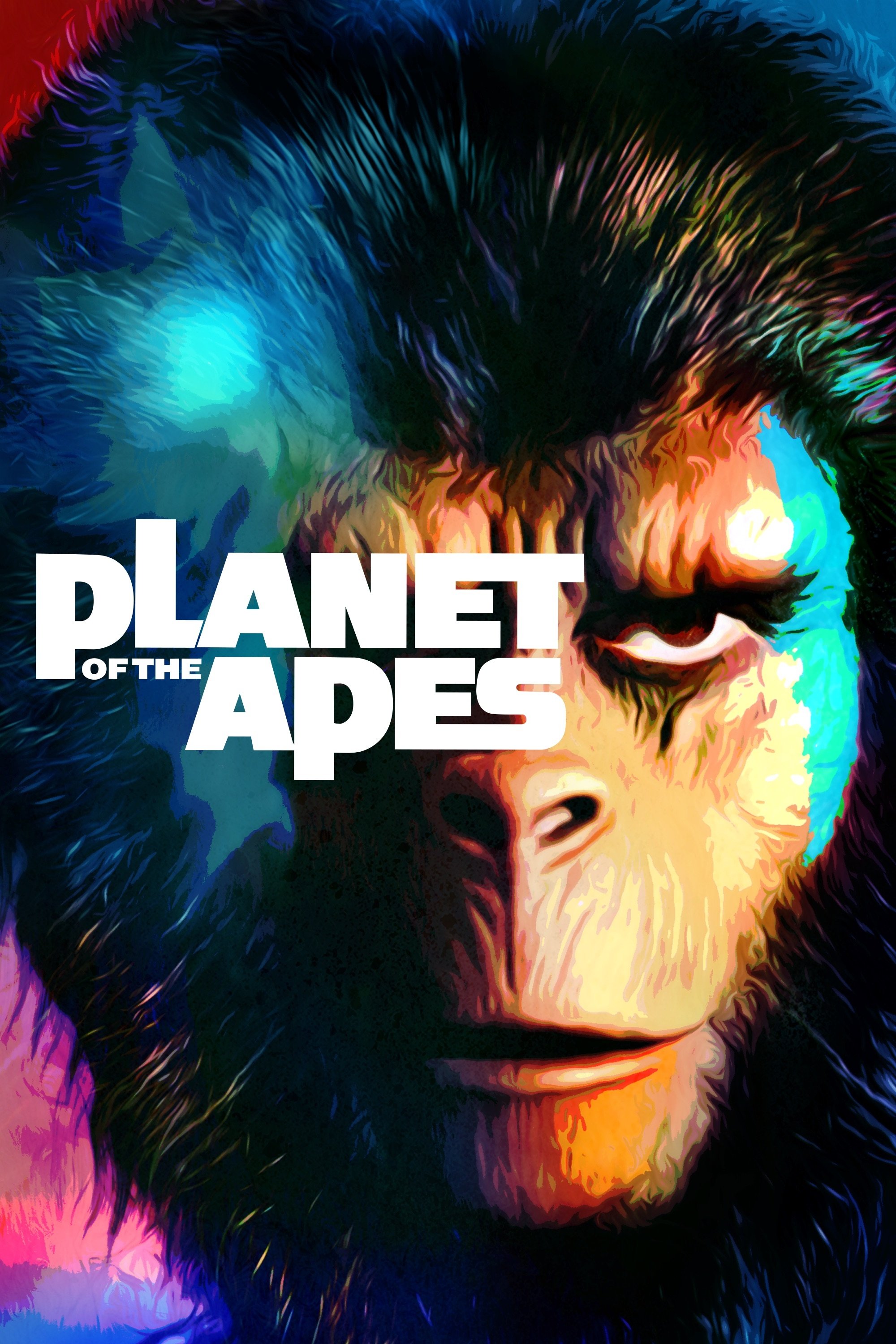
This popular film series began with a novel by French author Pierre Boulle. The story follows astronauts who crash-land on a planet ruled by intelligent, talking apes, where humans are treated as speechless savages. While the movie updates the technology from the book, it keeps the original’s sharp critique of society. The film is famous for its unforgettable final scene, which remains iconic in movie history.
‘Minority Report’ (2002)
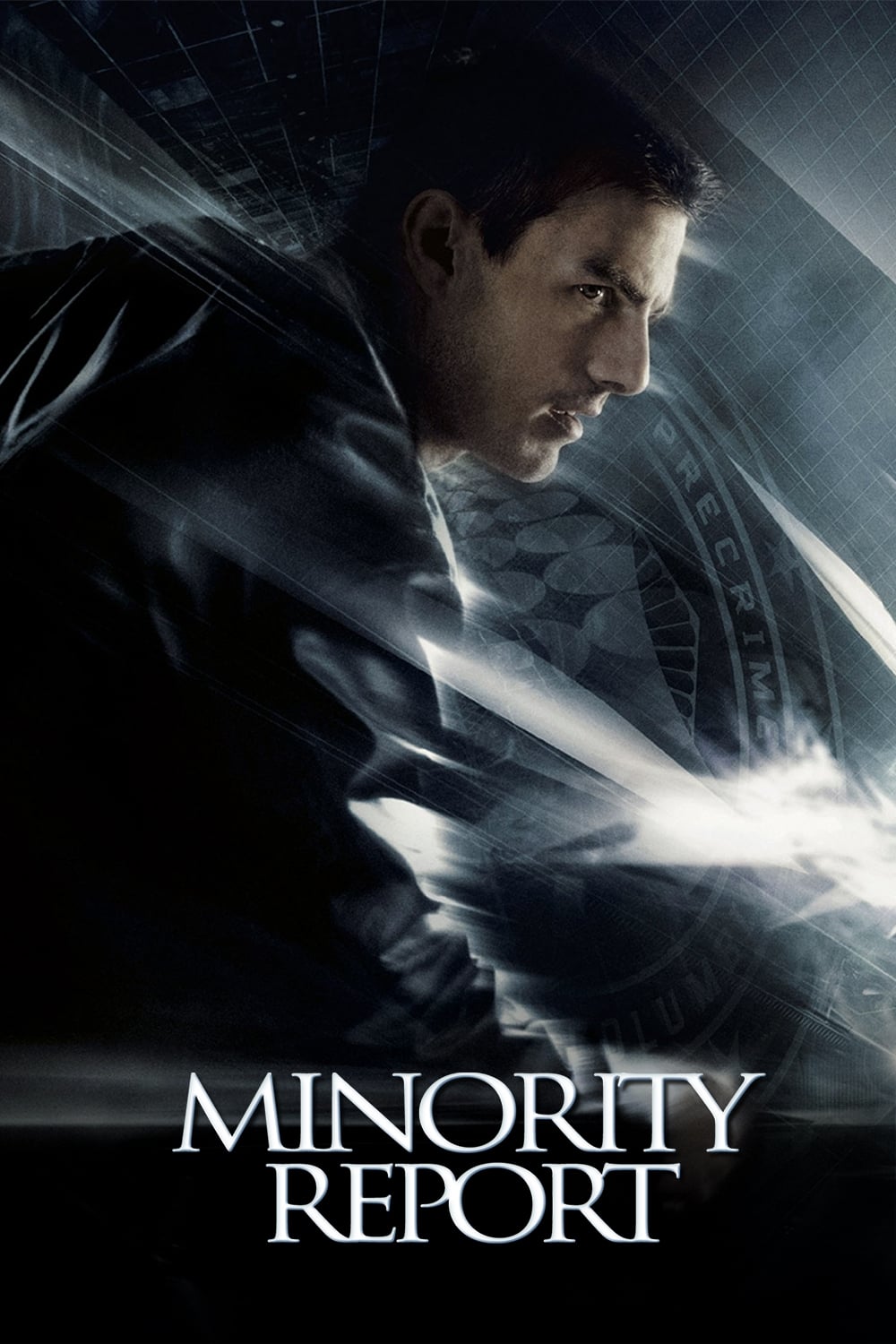
As a movie buff, I’m always amazed by how Steven Spielberg takes a cool idea and runs with it. He turned a Philip K. Dick story into this really slick, futuristic thriller called ‘Minority Report.’ The premise is wild – the police can arrest people before they even commit a crime, thanks to these psychics. Tom Cruise plays a cop who gets framed for a future murder and has to go on the run to clear his name. What really blew me away, though, was how the movie predicted things like controlling computers with gestures and those personalized ads that seem to follow you everywhere. It felt so ahead of its time!
‘Paprika’ (2006)

This anime, directed by Satoshi Kon and based on a novel by Yasutaka Tsutsui, centers around a technology that lets therapists enter patients’ dreams. A detective and a dangerous criminal battle it out in a visually stunning and surreal dream world where what’s real and what’s imagined become blurred. The film’s innovative visuals heavily influenced later big-budget movies exploring similar themes, and it’s celebrated as a groundbreaking achievement in animation due to its seamless transitions and intricate story.
‘The Day the Earth Stood Still’ (1951)
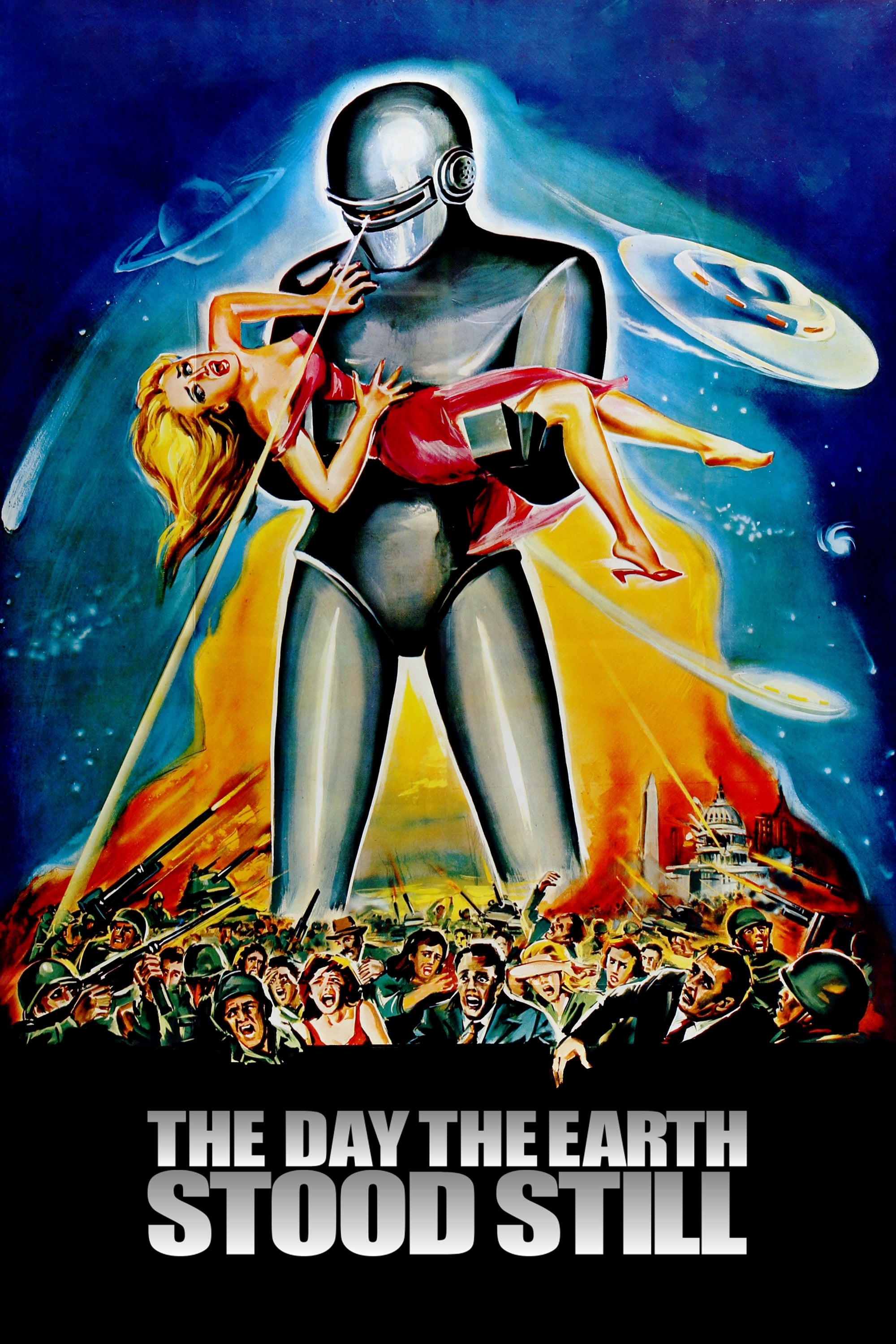
The movie originates from Harry Bates’ story, Farewell to the Master, and tells the tale of an alien named Klaatu who comes to Earth with his robot, Gort. Klaatu carries a serious message: humanity must end its violent behavior or risk complete annihilation. A classic film from the atomic age, it strongly promotes the idea of world peace.
‘Invasion of the Body Snatchers’ (1956)
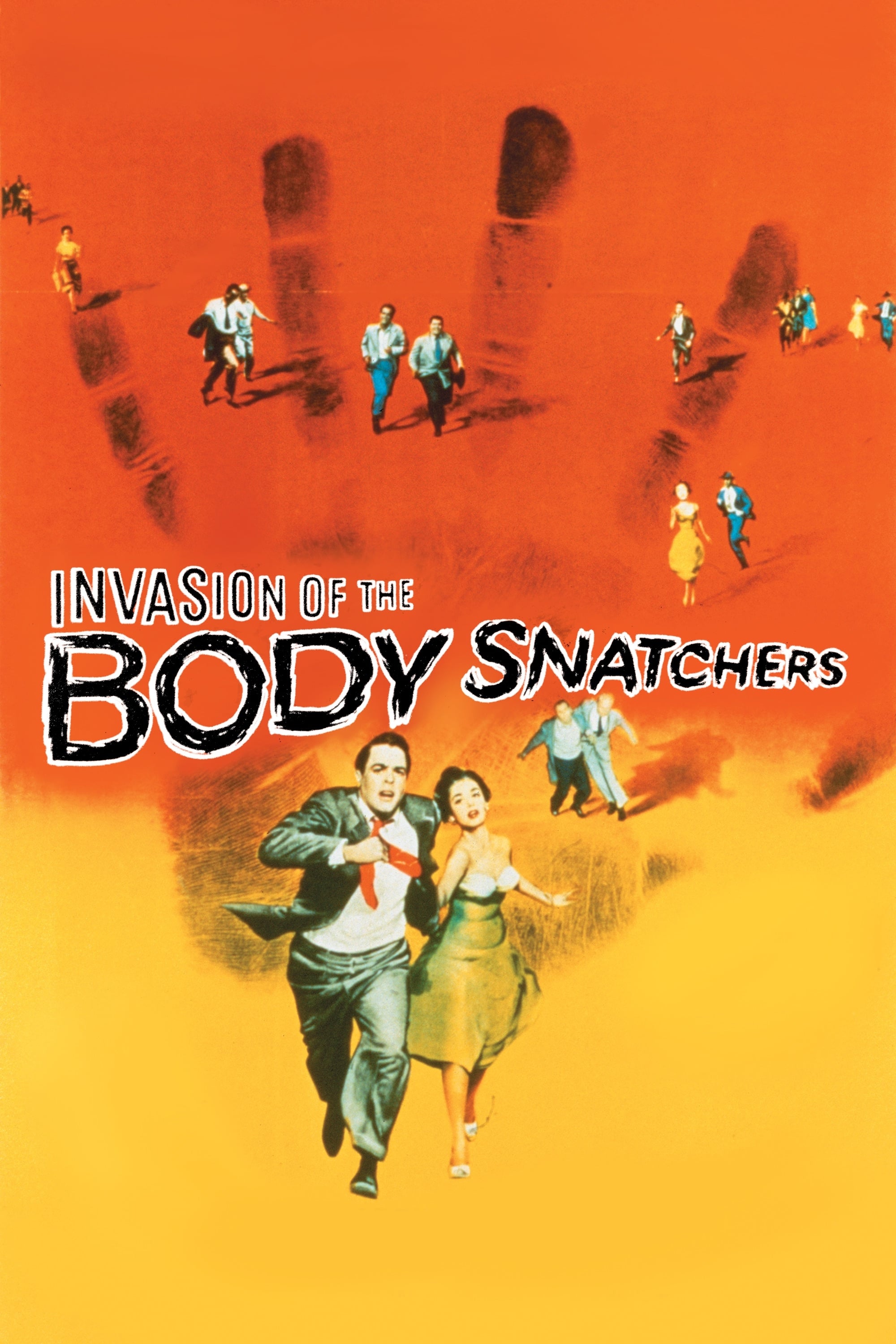
Jack Finney’s novel, The Body Snatchers, first introduced the frightening idea of alien duplicates who have no feelings. The story centers on a town doctor who realizes his neighbors are being replaced by perfect copies grown from large pods. The film adaptation is often seen as a powerful metaphor for the fear of losing one’s individuality during the Cold War, and its conclusion is still considered one of the scariest scenes ever filmed.
‘The Fly’ (1986)

David Cronenberg adapted a short story into a heartbreaking film about the dangers of unchecked scientific ambition. The story follows a scientist whose DNA unexpectedly merges with a housefly during a teleportation attempt. The movie vividly portrays his disturbing and gradual change into a monstrous combination of human and insect. It’s celebrated for its poignant love story and revolutionary special effects makeup.
‘Predestination’ (2014)
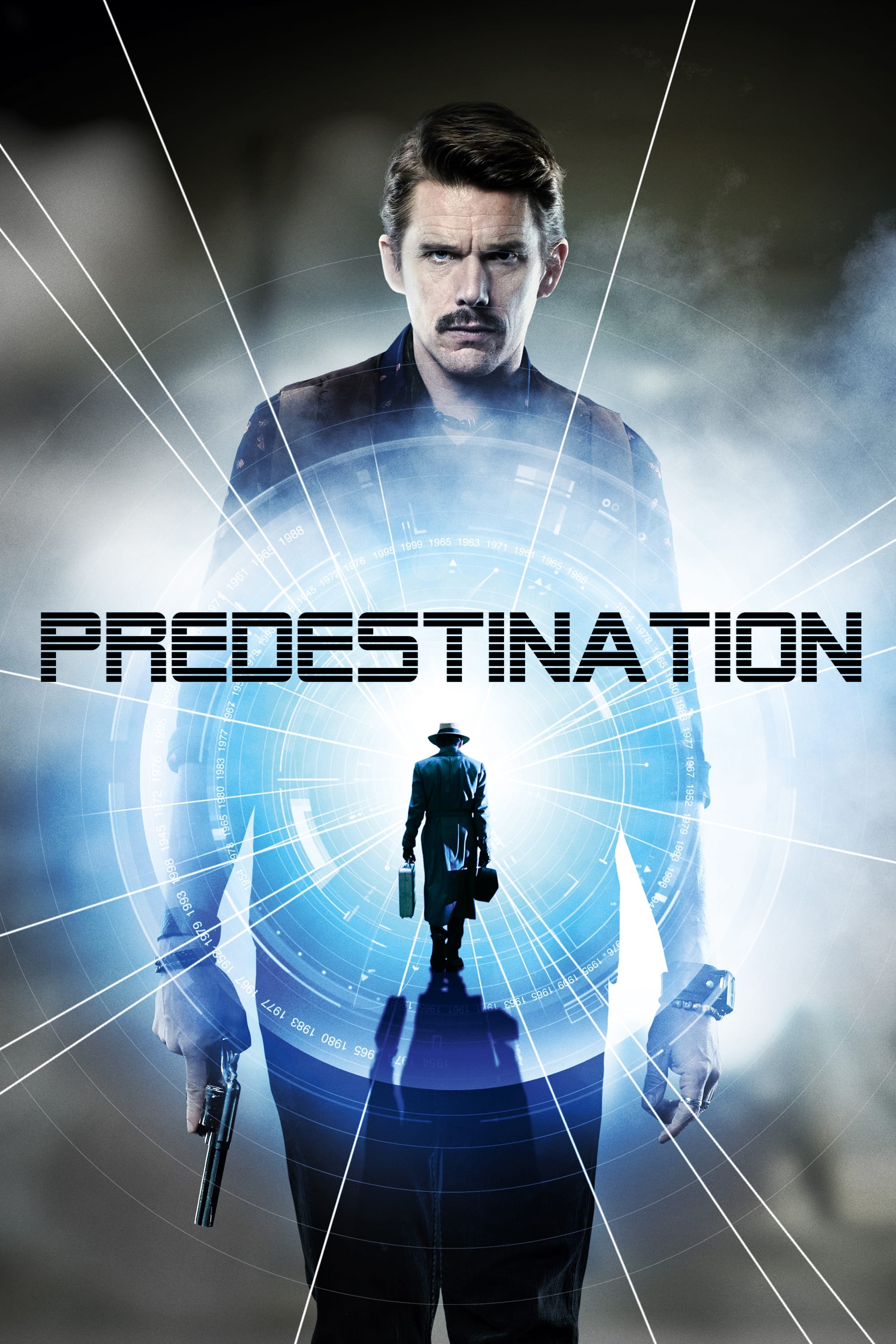
This intricate film is based on Robert A. Heinlein’s short story, All You Zombies. It follows a time-traveling agent on a last mission to capture a dangerous criminal called the Fizzle Bomber. The story is famously complex, playing with ideas of identity and gender through a confusing but fascinating web of cause and effect. Because of its paradoxical nature, many viewers find they need to watch it more than once to fully understand it.
‘They Live’ (1988)
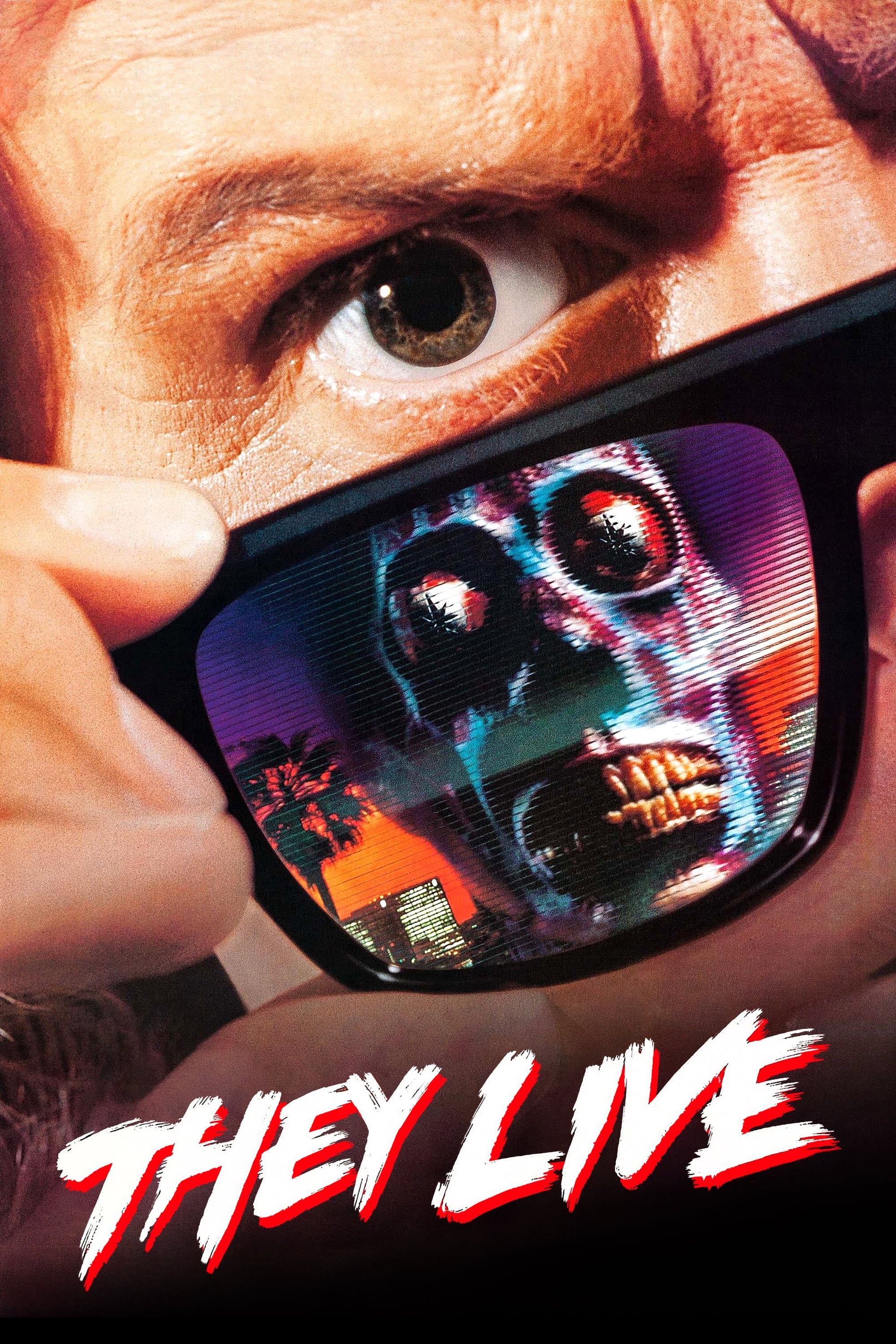
John Carpenter’s film is based on Ray Nelson’s short story, Eight O’Clock in the Morning. The movie follows a wanderer who finds sunglasses that reveal a shocking truth: the people in power are actually alien skeletons. These aliens control humanity through hidden messages in TV and other media, keeping everyone obedient and focused on buying things. The film is well-known for its commentary on consumer culture and features a long, exciting fight scene in the streets.
‘2001: A Space Odyssey’ (1968)
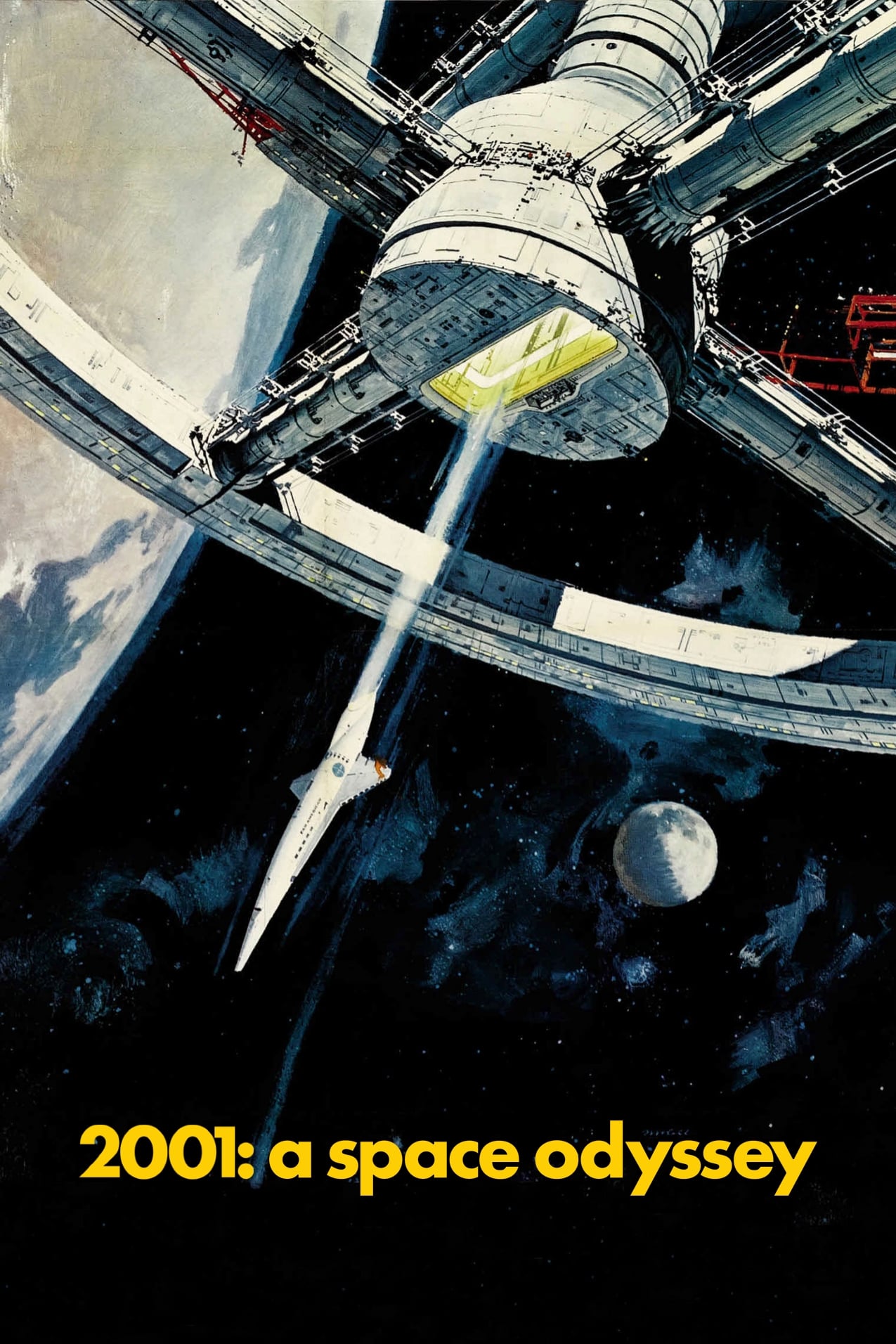
Arthur C. Clarke’s story, The Sentinel, formed the core idea behind Stanley Kubrick’s iconic film. The movie begins with the discovery of a strange monolith on the moon, leading to a journey to Jupiter overseen by a highly intelligent computer. Rather than relying on much conversation, the film uses breathtaking imagery and classical music to explore the story of human development. It also established a new standard for how space travel is portrayed on screen.
‘Children of Men’ (2006)
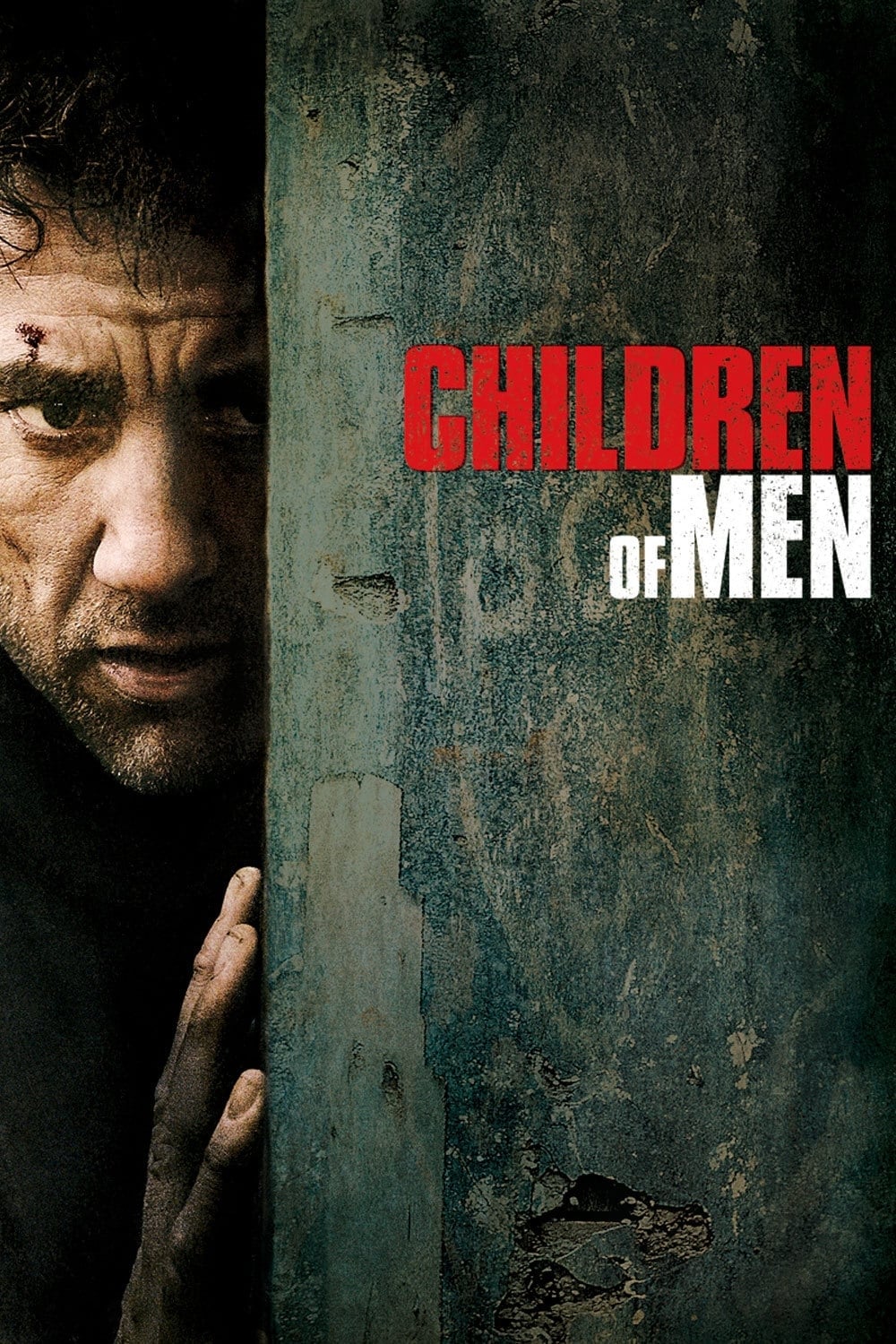
Alfonso Cuarón adapted P.D. James’s novel into a visually striking and realistic film. Set in a future where humanity has been unable to reproduce for twenty years, the story follows a former activist tasked with safeguarding the world’s last pregnant woman as they try to reach safety. The film is famous for its long, unbroken shots and its incredibly detailed and believable world.
‘Logan’s Run’ (1976)
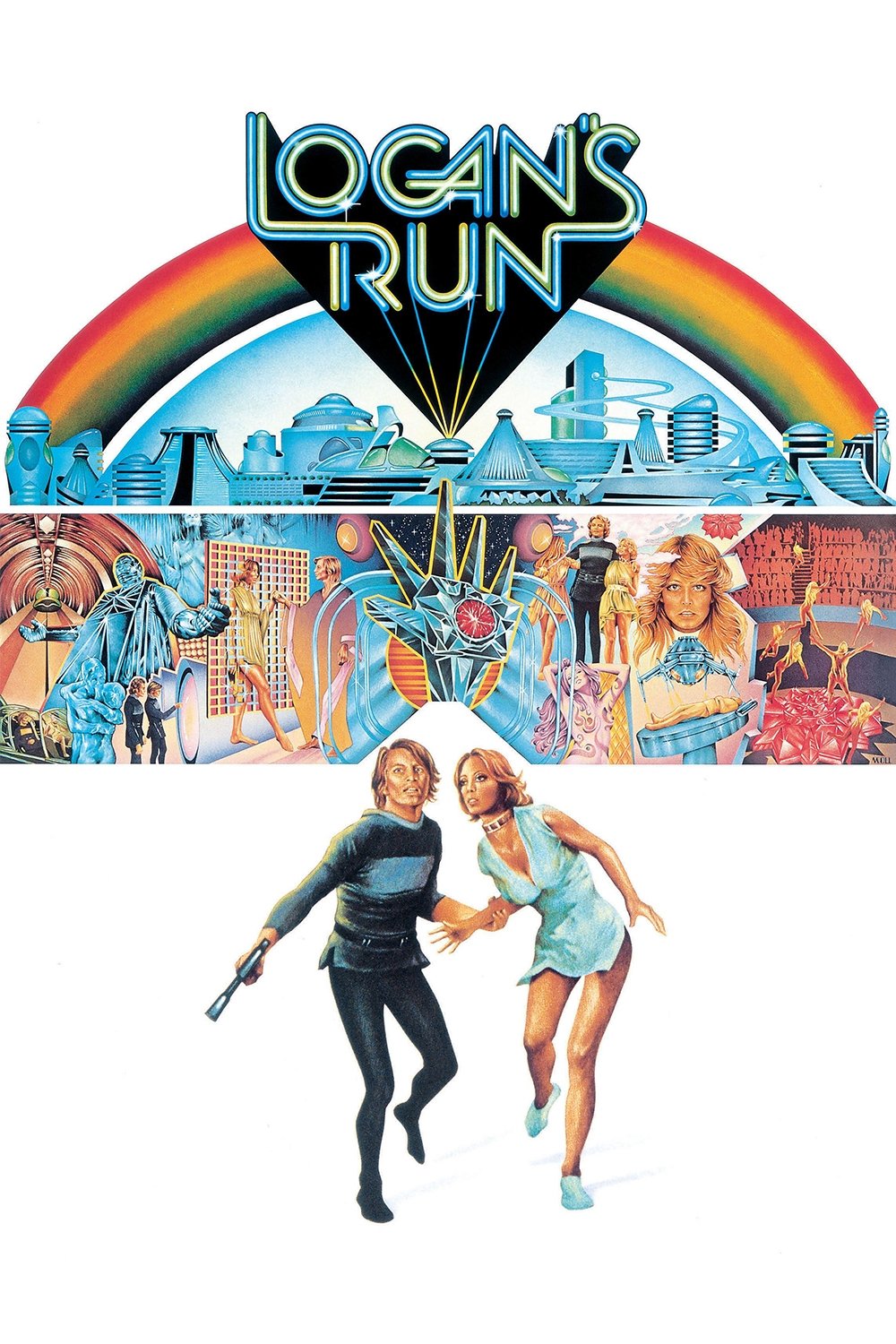
William F. Nolan and George Clayton Johnson wrote a novel about a world where people are required to die at a specific age. The movie version shows a luxurious city enclosed in a dome, where anyone reaching their thirtieth birthday is killed. This population control is maintained through a brutal process called Carousel. The story follows a main character who tries to escape the city in search of a rumored safe haven.
‘The Iron Giant’ (1999)

This animated movie is based on Ted Hughes’s classic children’s book, The Iron Man. It tells the story of a boy who becomes friends with a giant robot that falls to Earth during the Cold War. While the government fears the robot, the boy helps it discover its own goodness. The film touches on ideas about peace and finding your own path.
Please share which of these adaptations surprised you the most in the comments.
Read More
- Deepfake Drama Alert: Crypto’s New Nemesis Is Your AI Twin! 🧠💸
- Can the Stock Market Defy Logic and Achieve a Third Consecutive 20% Gain?
- Dogecoin’s Big Yawn: Musk’s X Money Launch Leaves Market Unimpressed 🐕💸
- Bitcoin’s Ballet: Will the Bull Pirouette or Stumble? 💃🐂
- LINK’s Tumble: A Tale of Woe, Wraiths, and Wrapped Assets 🌉💸
- Binance’s $5M Bounty: Snitch or Be Scammed! 😈💰
- SentinelOne’s Sisyphean Siege: A Study in Cybersecurity Hubris
- ‘Wake Up Dead Man: A Knives Out Mystery’ Is on Top of Netflix’s Most-Watched Movies of the Week List
- Yearn Finance’s Fourth DeFi Disaster: When Will the Drama End? 💥
- Silver Rate Forecast
2025-11-28 08:16